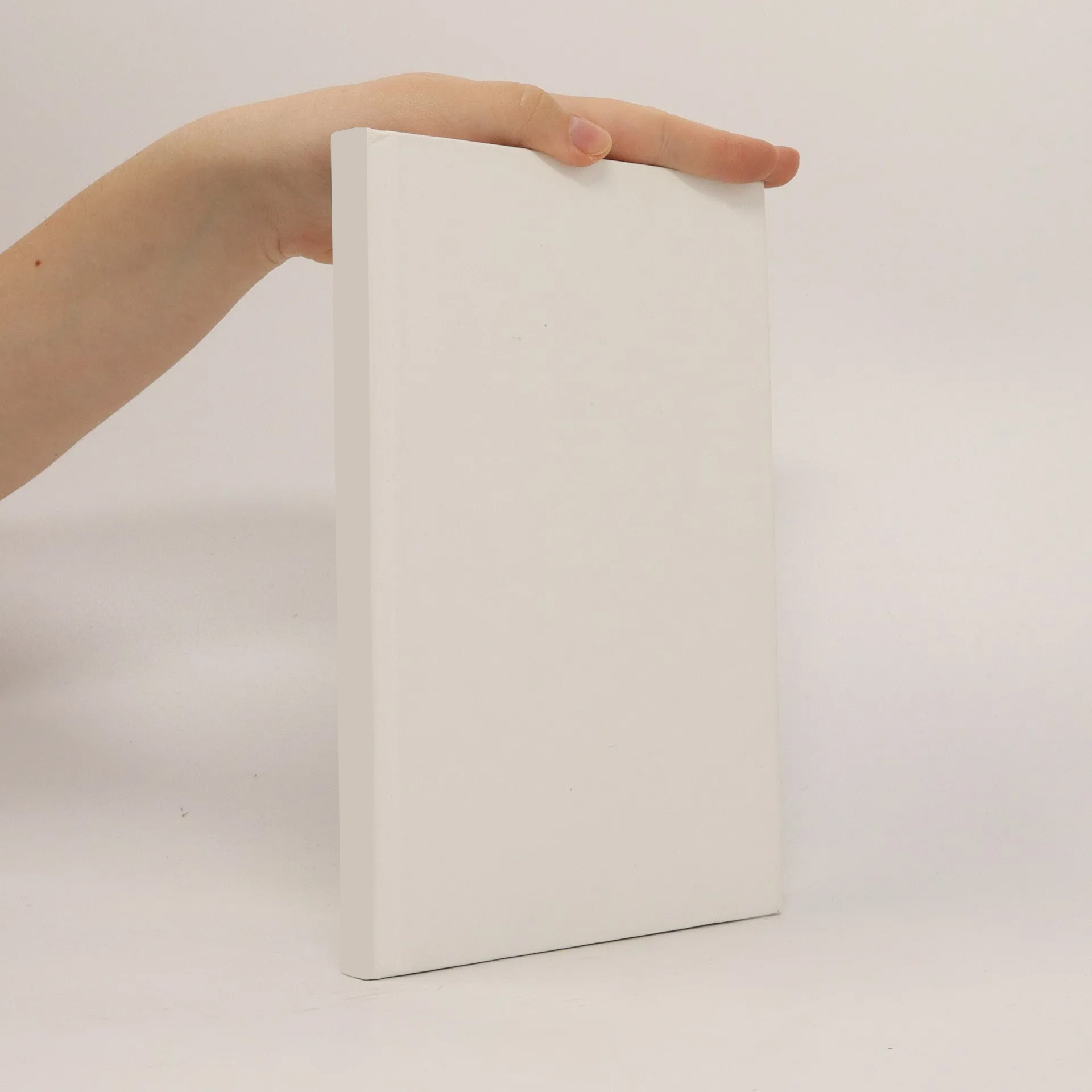
Parameters
More about the book
The predicted shortage of fossil fuels is expected to negatively impact the availability of base chemicals like propylene, essential for producing derivatives such as n-butanol. This situation, combined with rising oil prices and demand for C4 chemicals, creates a strong incentive for developing alternative biochemical production routes. Biobutanol production via anaerobic fermentation using Clostridium acetobutylicum and Clostridium beijerinckii has gained significant research interest due to butanol's potential as an alternative to bioethanol. However, challenges such as high substrate costs, butanol toxicity, low production rates, and energy-intensive downstream processing hinder its economic viability. This work explores a novel two-stage fermentation process that integrates continuous and repeated fed-batch fermentation, demonstrating superior productivity compared to traditional methods. To address butanol toxicity, gas stripping was incorporated into the fed-batch fermenter, achieving butanol concentrations of up to 59 g/L, while pervaporation reached 167 g/L. The study utilized an "operating window" tool to assess existing fermentation processes, identifying optimal configurations that combine cell immobilization and in situ product removal. Scaling this process to an industrial level of 132 kT/year indicates that the combination of continuous and fed-batch fermentation with gas stripping and distillation is economical
Book purchase
Development of a novel two-stage butanol production process: integrating continuous and fed-batch fermentation, Mpho Setlhaku
- Language
- Released
- 2014
- product-detail.submit-box.info.binding
- (Paperback)
Payment methods
No one has rated yet.